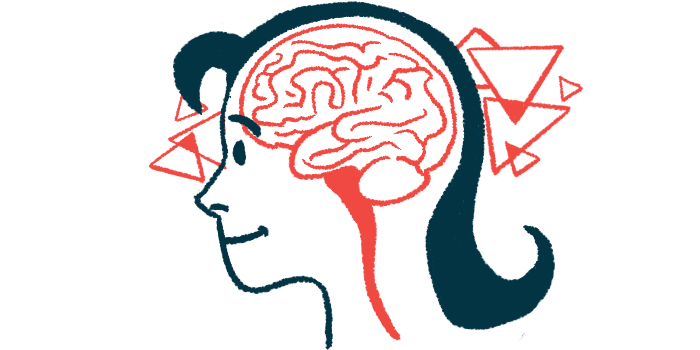Direct Electrical Stimulation of Brain Found to Ease MS Spasticity
Use of electrodes on scalp reduced spasticity measures in small RRMS study

Electrical stimulation of the brain through electrodes placed on the scalp may ease some measures of spasticity for people with relapsing-remitting multiple sclerosis (RRMS), according to results from a small clinical trial.
Using this novel route of brain stimulation was shown to impact muscle contractions in patients with spasticity in at least one leg.
The procedure, called transcranial direct current stimulation (tDCS), “is non-invasive, easily applicable and could [reduce] spasticity in MS,” the researchers wrote.
Titled “Transcranial direct current stimulation for spasticity in patients with multiple sclerosis: Exploring novel routes,” the study was published in Multiple Sclerosis and Related Disorders.
Spasticity — when muscles are abnormally tight or stiff — is one of the most common symptoms of MS, affecting roughly nine of every 10 patients over the course of their disease. While some pharmacological treatments are available to help ease spasticity, they are not always effective for controlling this motor symptom.
Direct current stimulation to the brain, known as tDCS, is a relatively new non-pharmacological intervention that involves delivering electrical stimulation to specific regions of the brain. This is done via electrodes placed directly on the scalp.
While this non-invasive technique is generally considered quite safe, its effectiveness for MS spasticity is not clear.
Investigating new techniques
To learn more, researchers in Egypt conducted a small study that enrolled 20 people with RRMS, all of whom had marked spasticity affecting at least one leg. The patients ranged in age from 18 to 47, with a mean age of 31.8 years, and 70% were female.
Half received tDCS, delivered with a Neurozapper Original 8 device, by Gladius Electronics, over a brain region called the ipsilesional motor cortex. This brain region is involved in muscle movement. Meanwhile, the other half of the patients were given sham stimulation. In both groups, the assigned treatment was delivered in 20-minute sessions over five consecutive days.
Scores on the Modified Ashworth Scale, a clinician-based assessment of spasticity, did not differ between the groups either before or after the tDCS intervention.
However, significant differences were noted on measures of the H reflex, which is basically an assessment of how much muscles contract after getting an electrical signal from a nerve.
In a measure of H reflex called H latency — which assesses the time it takes for an electric signal to reach the muscles — scores did not significantly change after tDCS. Specifically, the scores were 30.81 before the intervention and 30.27 after. For patients in the sham group, average H latency scores significantly decreased from 32.89 to 31.86.
According to the researchers, this change in the sham group “could be an indication of the continued natural progression of spasticity with the absence of any physiotherapy program, pharmacological spasticity treatment nor any actual active anodal tDCS stimulation.”
Another measure called H/M ratio — which, in simple terms, compares the strength of an electrical signal with the intensity of muscle spams — decreased significantly in the tDCS group, from 0.64 to 0.48. There was no significant change in the sham group (0.59 before and 0.66 after).
“In our study, anodal tDCS over the ipsilesional motor cortex has shown to cause a statistically significant decrease in the H/M amplitude ratio,” the researchers wrote. “We concluded that anodal tDCS over the lesioned primary motor cortex could lead to improvement [easing] of spasticity in patients with MS.”







